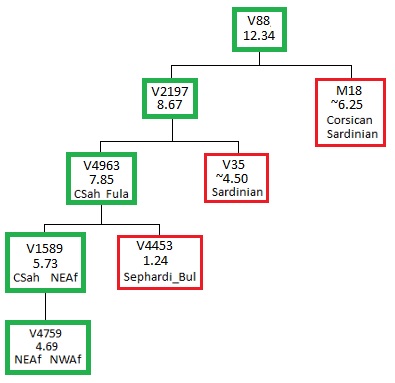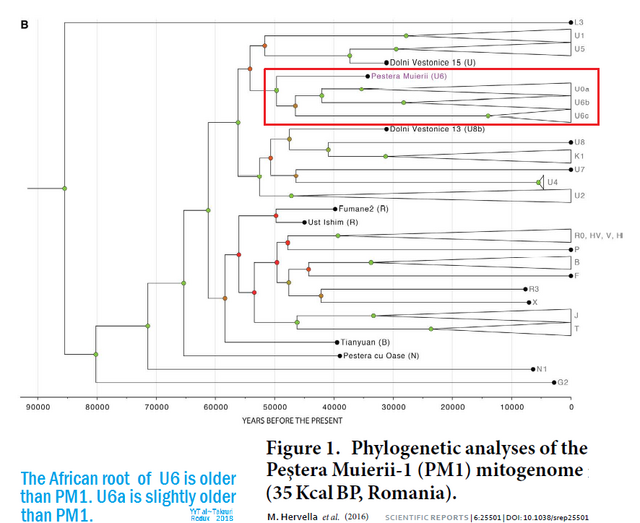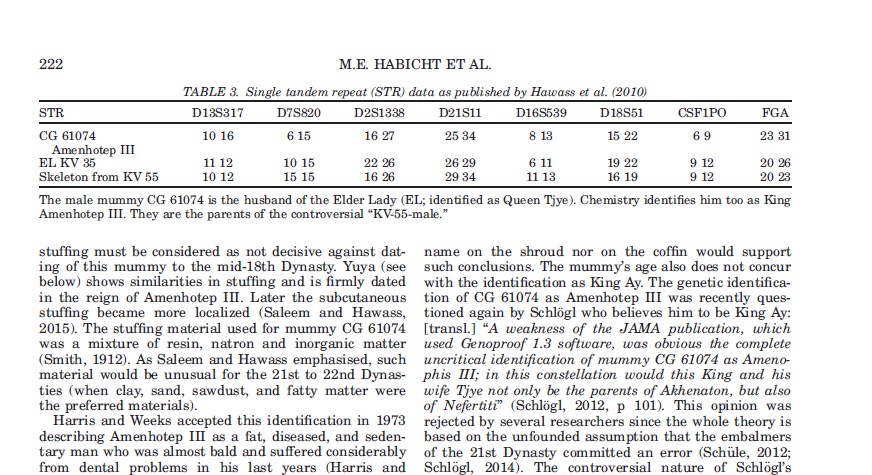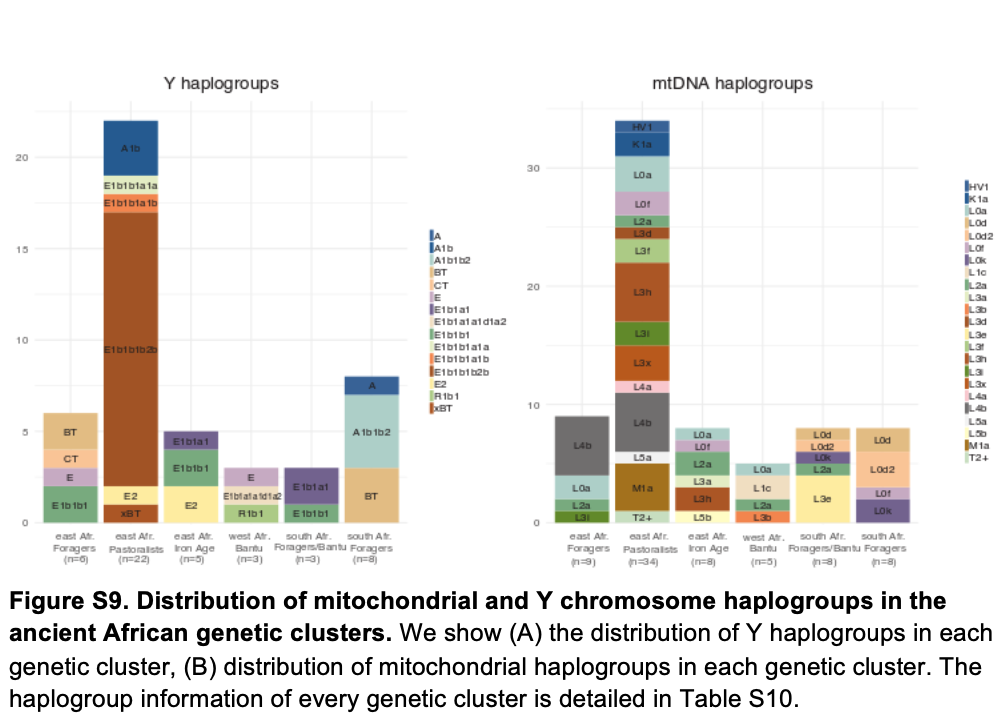Originally posted by the lioness,:

Hundreds of Siwan people form a circle (zikr) of peace and forgiveness, marking the annual "Siyaha" Peace Festival of Siwa Oasis.
LINK

___________________________________________
In 2010 Cruciani reported 26.9% Siwans tested R-V88
Sudanese Copts who migrated out of Egypt in recent times also were reported in another article to carry 14% R1b which is probably R-V88 but tested before R-V88 was discovered
quote:I looked at the whole preprint as of yet as you say the particular clade of the R1b has not been stated yet, just that it was R1b
Originally posted by Askia_The_Great:
[QB] Credit goes to Beyoku who got from Anthrogenica. Anyhow, I'm surprised there is no thread on this yet but now there is...
2020
Insights from ancient DNA analysis of Egyptian human mummies: clues to disease and kinship
Authors: Yehia Z. Gad*1,2, Naglaa Abu-Mandil Hassan1,3, Dalia M. Mousa
1,Fayrouz A. Fouad1
,
The Royal male lineage was the Y-chromosome
haplogroup R1b that was passed from the grandparent [Amenhotep III] to the father [KV55, Akhenaten] to the grandchild [Tutankhamen]. The maternal lineage,
the mitochondrial haplogroup K, extended from the great-grandmother [Thuya] to
the grandmother [KV35 Elder lady, Queen Tiye] to the yet historically-unidentified
mother [KV35 Younger lady] to Tutankhamen (38, 55).
Does the media roll with articles before they are published? I hope not
If it turns out to R-V88 which is likely the current thinking is that it originates in Sardinia or the Levant because it was found in Neolithic samples from Sardinia as well as in 6,200 remains in Catalonia Spain and R1b is also the most common paternal haplogroup in Europe. However as we know this clade of it R-V88 can be found in Cameroon as high as 95% in some groups and is very rare in Europe with only very low percentages in Sardinia and also 1-4% in parts of the Levant
Eupedia:
According to Cruciani et al. (2010) R1b-V88 would have crossed the Sahara between 9,200 and 5,600 years ago, and is most probably associated with the diffusion of Chadic languages, a branch of the Afroasiatic languages. V88 would have migrated from Egypt to Sudan, then expanded along the Sahel until northern Cameroon and Nigeria. However, R1b-V88 is not only present among Chadic speakers, but also among Senegambian speakers (Fula-Hausa) and Semitic speakers (Berbers, Arabs).
R1b-V88 is found among the native populations of Rwanda, South Africa, Namibia, Angola, Congo, Gabon, Equatorial Guinea, Ivory Coast, Guinea-Bissau. The wide distribution of V88 in all parts of Africa, its incidence among herding tribes, and the coalescence age of the haplogroup all support a Neolithic dispersal. In any case, a later migration out of Egypt would be improbable since it would have brought haplogroups that came to Egypt during the Bronze Age, such as J1, J2, R1a or R1b-L23.
The maternal lineages associated with the spread of R1b-V88 in Africa are mtDNA haplogroups J1b, U5 and V, and perhaps also U3 and some H subclades (=> see Retracing the mtDNA haplogroups of the original R1b people).











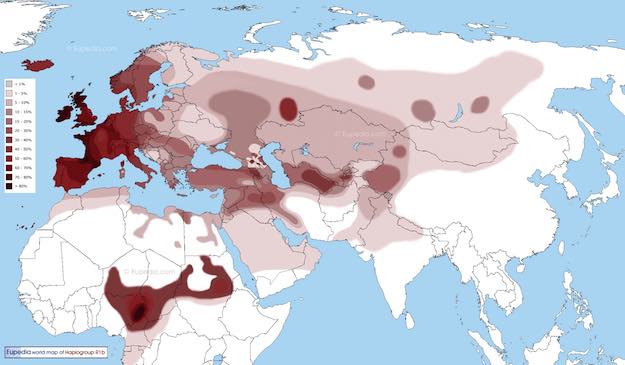


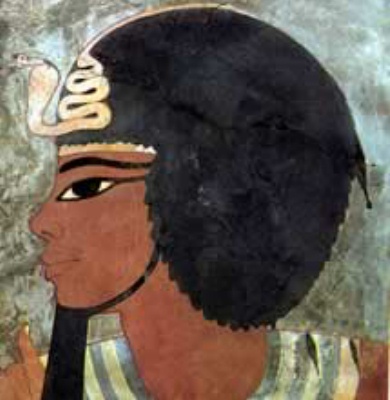

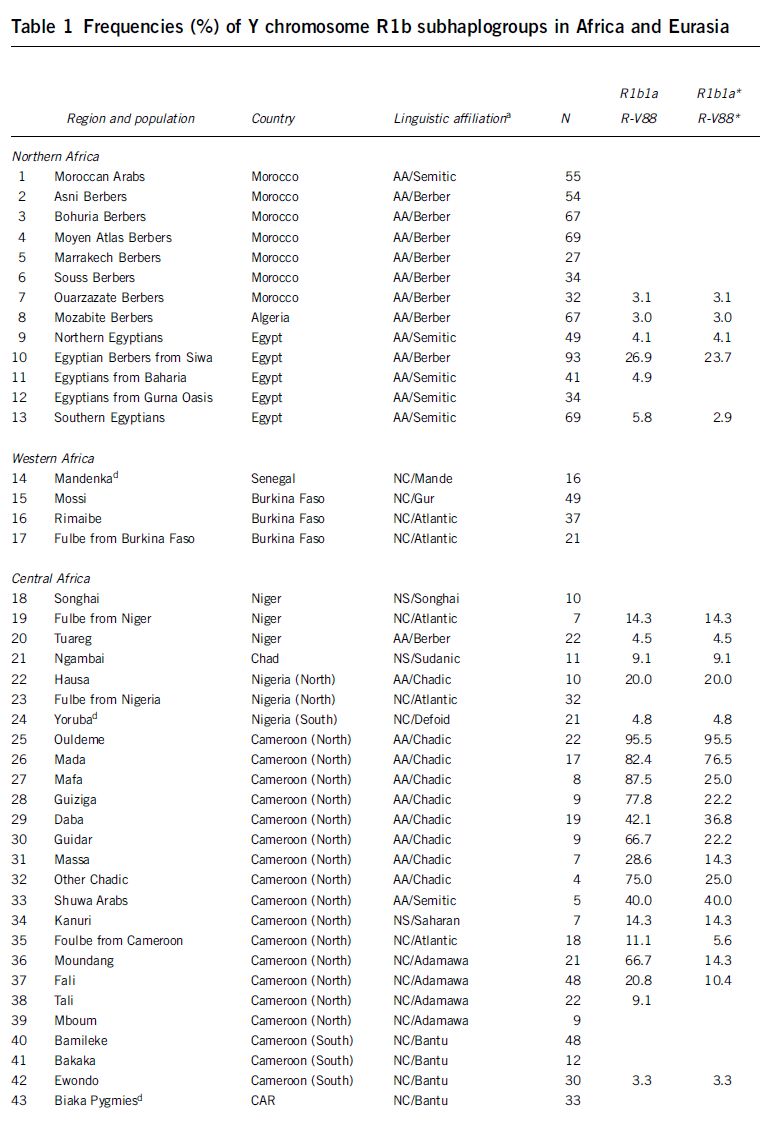


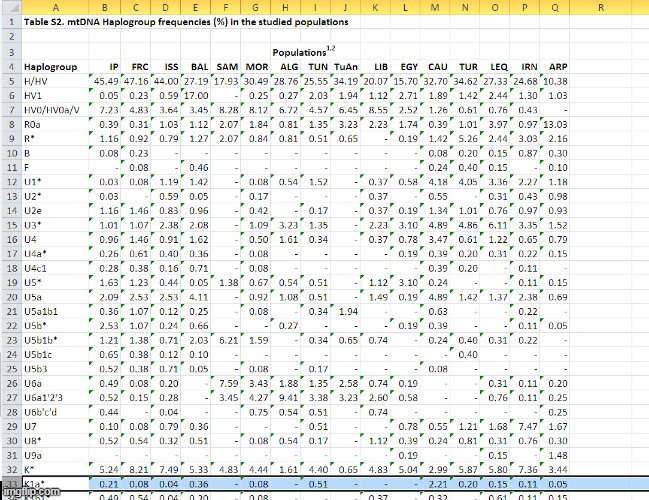










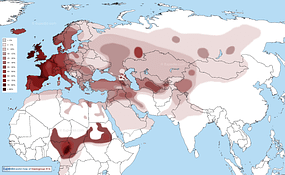



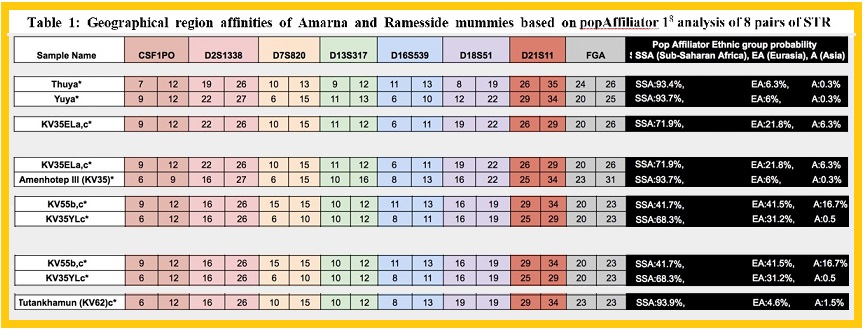
![[Eek!]](eek.gif)

![[Roll Eyes]](rolleyes.gif)
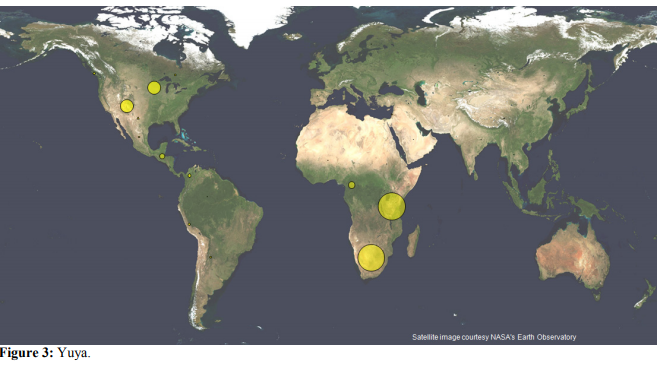


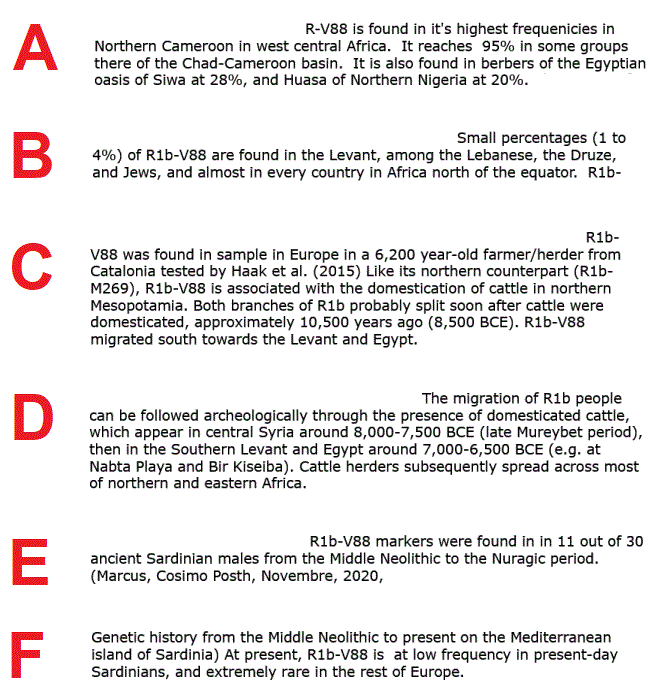
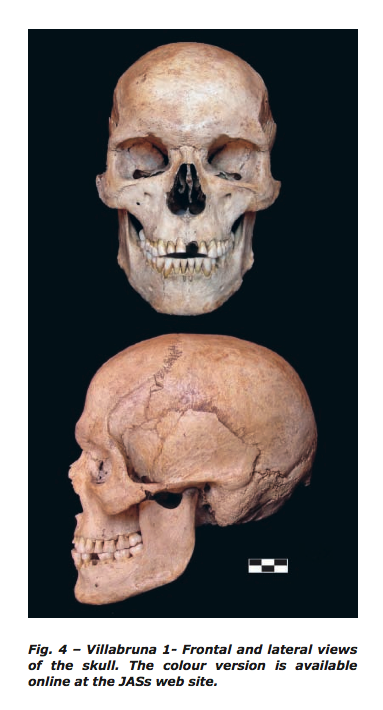

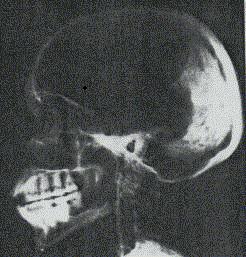
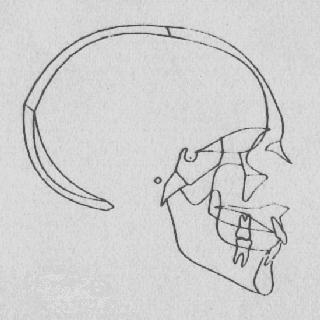
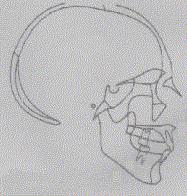
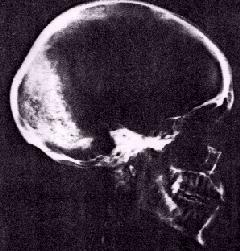
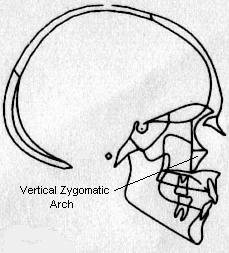

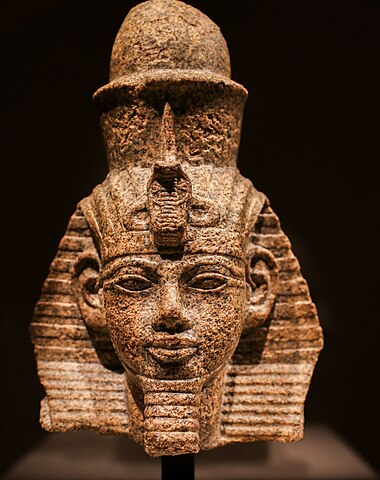
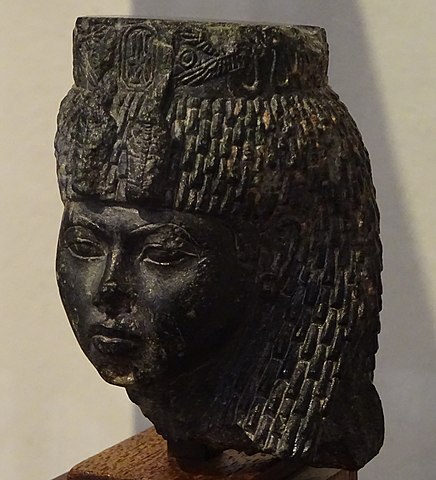


![[Frown]](frown.gif)














![[Wink]](wink.gif)

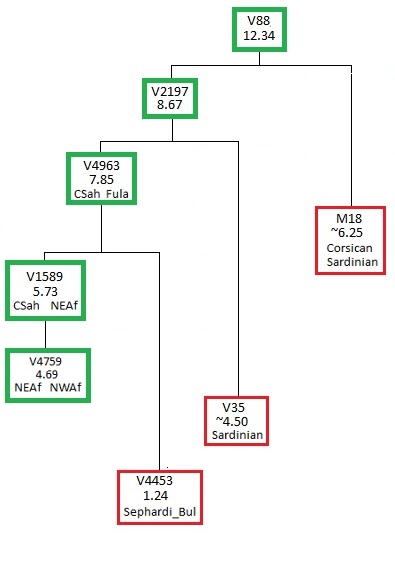 ___
___ 